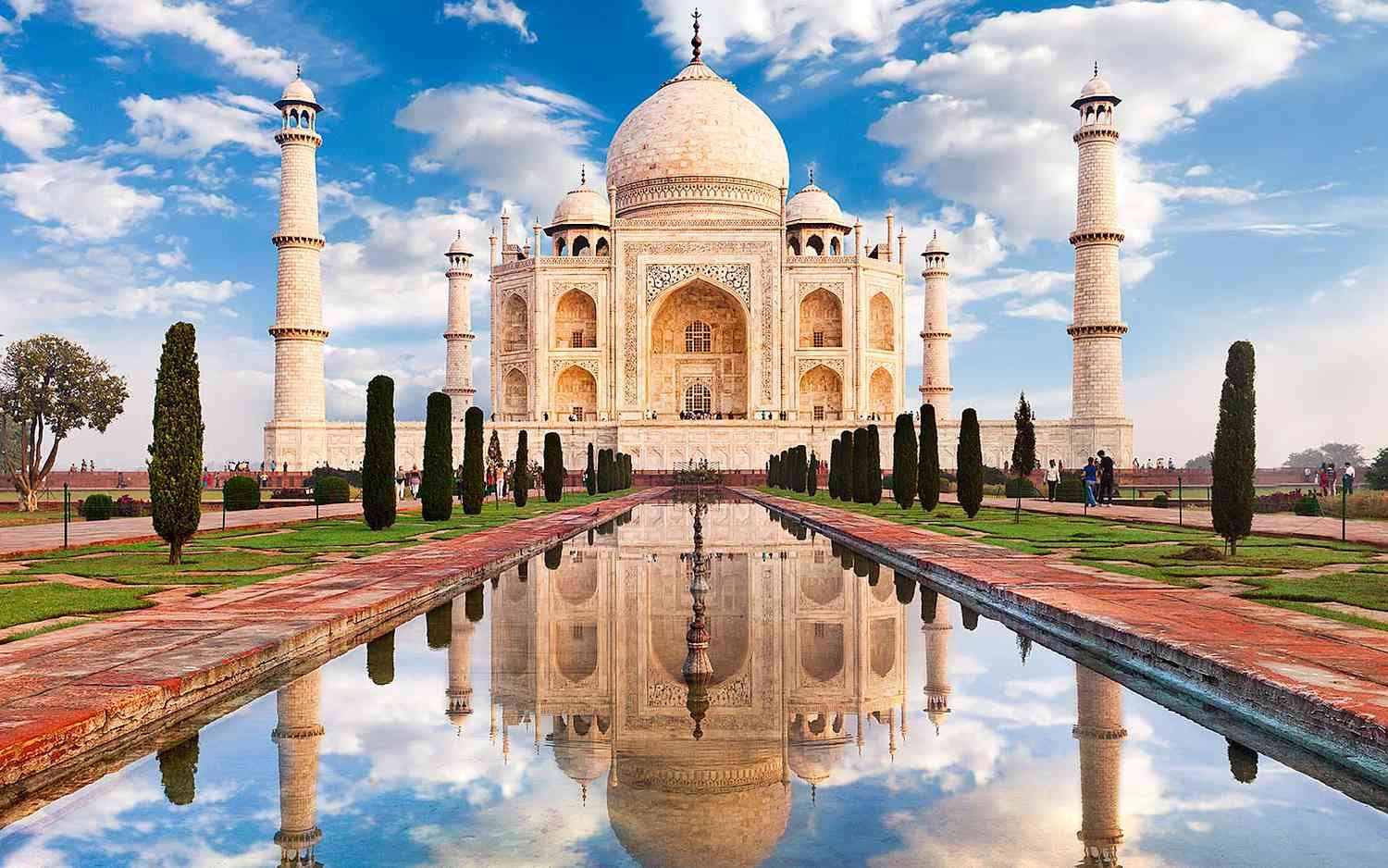The petition filed by Hindu Sena President one Surjit Singh Yadav claimed that Taj Mahal was originally the palace of Raja Man Singh which was subsequently renovated by Mughal emperor Shah Jahan.
The Delhi High Court has received a Public Interest Litigation (PIL) petition urging the Central government to rectify the historical account of the Taj Mahal.
Surjit Singh Yadav, the president of the Hindu Sena, has alleged in the petition that the Mughal emperor Shah Jahan didn’t build the Taj Mahal but instead renovated Raja Man Singh’s palace, which was the original site. As a result, the petitioner has requested that the Archaeological Survey of India (ASI), the Central Government, the National Archives of India, and the Uttar Pradesh government remove historically inaccurate information about the Taj Mahal’s construction. They are also urged to instruct the ASI to investigate the building’s age and the existence of Raja Man Singh’s palace. The petition is set to be heard by a bench comprising Chief Justice Satish Chandra Sharma and Justice Tushar Rao Gedela on Friday.
Yadav asserted in his petition that he conducted extensive research on the Taj Mahal and emphasized the importance of correcting historical inaccuracies to provide accurate information to the public. He pointed out inconsistencies in various sources, including a book stating that Shah Jahan’s wife was Aliya Begum, with no mention of Mumtaz Mahal. He also referred to ‘Taj Museum’ by ZA Desai, which described a “lofty and beautiful” site chosen for Mumtaz Mahal’s burial, a mansion owned by Raja Man Singh’s grandson, Raja Jai Singh. This mansion was never demolished, according to the petitioner. Yadav contended that the Taj Mahal’s present structure is simply a modification and renovation of Raja Man Singh’s pre-existing mansion.
The petitioner also noted contradictory information provided by the Archaeological Survey of India (ASI), stating that Mumtaz Mahal’s body was interred in the crypt of the Taj Mahal’s main tomb six months after her death in 1631. This conflicts with information on the same website, which claims the Taj Mahal was completed in 1648 after 17 years.
The PIL was filed by attorneys Shashi Ranjan Kumar Singh and Mahesh Kumar.



